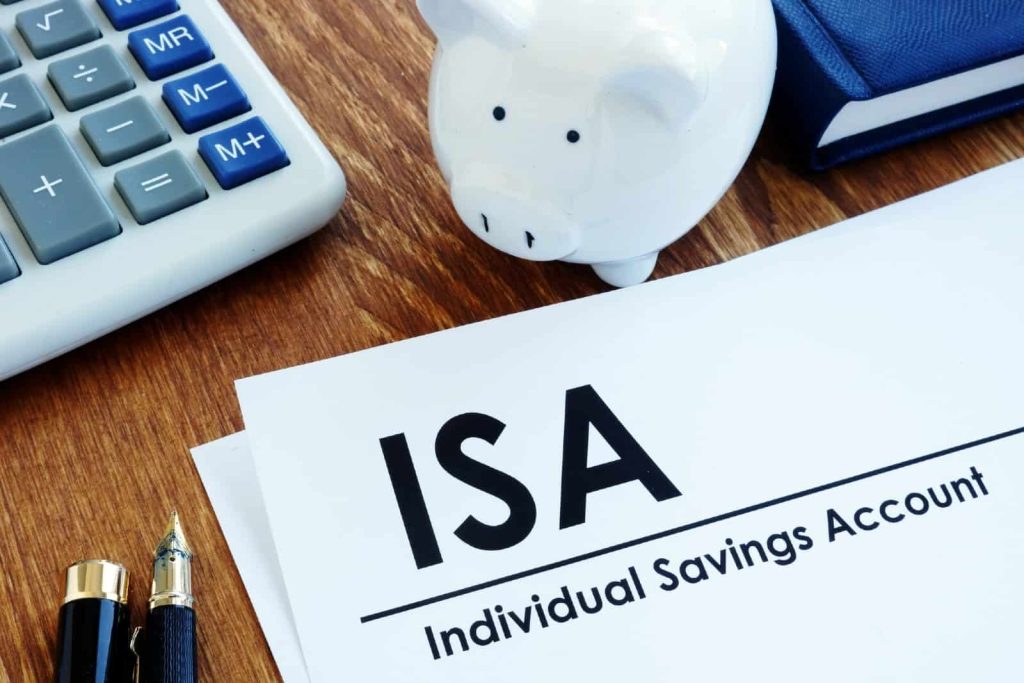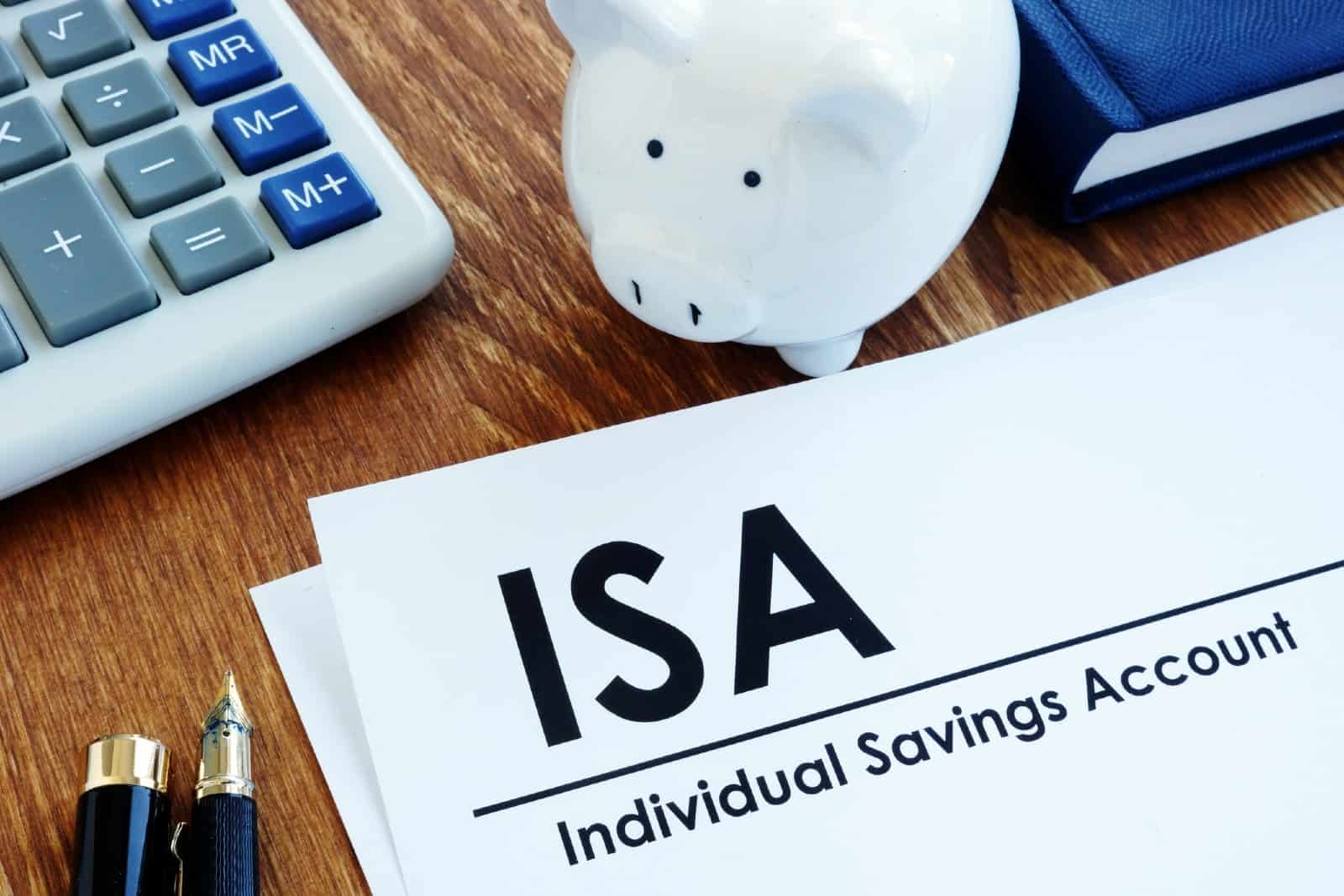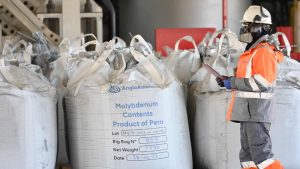How much do you need in an ISA to make £10k a year in second income?


A Stocks and Shares ISA is a tool that millions of Brits use to invest their hard-earned money and protect their returns from HMRC. Some have a specific investment goal of trying to generate a side income, primarily through dividend shares. Although every investor has a different target for their annual earnings, here are the numbers I crunched to potentially reach £10,000 a year.
Please note that tax treatment depends on the individual circumstances of each client and may be subject to change in future. The content in this article is provided for information purposes only. It is not intended to be, neither does it constitute, any form of tax advice. Readers are responsible for carrying out their own due diligence and for obtaining professional advice before making any investment decisions.
Variation depending on yield
The average dividend yield of the FTSE 100 is 3.27%. In theory, if an investor simply put money in a tracker fund that paid out its income, they would need to have £305,810 in an ISA to generate a £10,000 income. Before people switch off, assuming this is a crazy amount to have, let’s think about it more. It doesn’t mean this amount needs to be invested all in one go.
If an investor put £1,000 away each month and accumulated the dividends, in year 19, the pot could be worth over £300,000. However, I do understand it’s a long time. Instead, with active stock picking, I think the average yield of a portfolio could be 7%. Even at this level, there are plenty of stocks to choose from, helping to diversify risk.
With a 7% yield, the total in the ISA would need to be £142,857. Again, this is still a significant amount. But investing in smaller increments over time can be an effective strategy to reach this target.
As a note, it’s important to remember that dividends aren’t guaranteed future income. If future earnings for the respective companies fall in the years to come, the dividend per share might be cut. This would then change the second income potential.
An option for the portfolio
Aside from the numbers, it’s worth thinking about specific stocks that could be housed in the ISA for this strategy. For example, Land Securities Group (LSE:LAND). It is one of the UK’s largest commercial property development and investment companies. Primarily, the trust focuses on retail and office real estate across London and key regional cities.
Over the last year, the share price has fallen by 8%, but it has a generous dividend yield of 6.94%. This aligns with the goal of averaging 7% at a portfolio level.
I believe the dividend is sustainable in the future, in part thanks to the stable, recurring nature of cash flows. Thanks to long-term leases with blue-chip tenants (e.g., retail chains, financial institutions), the firm generates predictable income to support dividends. As a real estate investment trust (REIT), it’s required by UK law to pay out at least 90% of its rental profits as dividends. This certainly helps when it comes to trying to find shares that have an incentive to make dividend payments.
It’s true that with interest rates in the UK staying higher for longer, the REIT’s cost of servicing on its debt is high. Yet, I believe this risk to be manageable, as the loan-to-value levels of the properties is below 50%.
The post How much do you need in an ISA to make £10k a year in second income? appeared first on The Motley Fool UK.
More reading
- 2 well-covered FTSE 100 dividend shares to consider buying right now
- Are these the best value Stocks and Shares ISA buys in the whole FTSE 100?
Jon Smith has no position in any of the shares mentioned. The Motley Fool UK has recommended Land Securities Group Plc. Views expressed on the companies mentioned in this article are those of the writer and therefore may differ from the official recommendations we make in our subscription services such as Share Advisor, Hidden Winners and Pro. Here at The Motley Fool we believe that considering a diverse range of insights makes us better investors.





